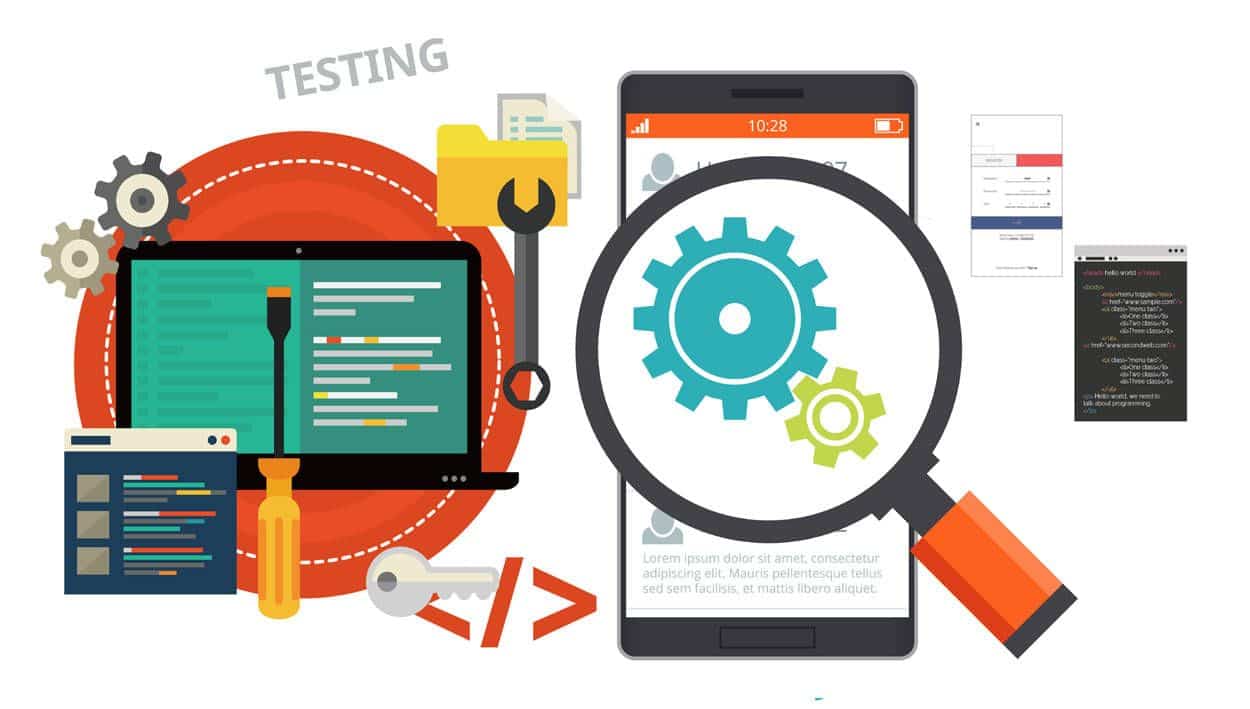Exploring the concept of A/B Testing opens up a world of possibilities for businesses looking to enhance their online presence. By utilizing this powerful tool, companies can optimize their websites and marketing strategies to drive better results. From improving conversion rates to boosting traffic, A/B Testing benefits business by providing valuable insights into customer behavior, preferences, and trends. In this article, we will delve into the benefits of A/B Testing, guide on its implementation, and present a practical example to showcase how businesses can leverage this technique to make informed and data-driven decisions effectively.

Definition of A/B Testing
A/B Testing, fundamental in the digital landscape, scrutinizes variant A against variant B in products like websites or mobile apps. This comparative method dissects elements such as color, size, or placement to pinpoint the superior version. Businesses harness its power to optimize conversions, user engagement, and overall performance—A/B Testing benefits businesses by fostering data-driven decision-making to enhance outcomes swiftly and effectively.

Benefits of A/B Testing
Enhancing the conversion rate through A/B testing is a potent tool for businesses. By testing different variations of a webpage, email, or advertisement, companies can pinpoint the most effective design or content that drives actions like purchases, downloads, and form submissions. This data-driven approach ensures that resources are allocated effectively to maximize desired outcomes.
A/B testing contributes significantly to boosting traffic by optimizing elements that encourage user engagement. For instance, testing different call-to-action buttons or headlines can lead to increased ad clicks and overall traffic. This strategic testing allows businesses to refine their marketing materials continuously, attracting more potential customers and expanding brand visibility in the digital landscape.
Facilitating audiences in navigating websites or platforms efficiently is another key advantage of A/B testing. By analyzing user behavior and preferences, businesses can tailor their interfaces to guide visitors towards desired actions. Implementing user-friendly tweaks based on A/B test results can enhance the user experience, resulting in higher conversion rates and improved overall satisfaction.
One of the primary benefits of A/B testing is its ability to reduce bounce rates. By experimenting with various design elements or content layouts, businesses can identify areas that prompt visitors to swiftly exit a page. Addressing these issues through A/B testing helps in creating more engaging and compelling content that captivates users, thereby reducing bounce rates and increasing the time users spend on the site.
How to Conduct A/B Testing in Business
A/B Testing benefits business by providing valuable insights into consumer behavior and preferences. To start, define clear business objectives such as increasing conversion rates or improving user engagement. These objectives will guide the testing process and help determine the success metrics to monitor.
Next, formulate specific and measurable hypotheses to test during the A/B experiment. By clearly defining what you aim to achieve with each variation, you can effectively measure the impact of changes and make informed decisions based on data-driven results.
Select elements for testing, such as website layouts, call-to-action buttons, or email subject lines, and create two variations to compare. Ensure that the variations are distinct enough to yield meaningful results but focus on testing one element at a time to accurately assess its impact.
Collect data over a sufficient period to ensure a significant sample size for analysis. By allowing enough time for the experiment to run, you can capture diverse user interactions and behaviors, ensuring the reliability and accuracy of the results obtained.
Finally, analyze the results statistically to determine the significance of any differences observed between the variations. This step is crucial in extracting actionable insights and understanding which changes lead to the desired outcomes, empowering businesses to make informed decisions that drive growth and success.
Example of A/B Testing
In the realm of business optimization, A/B Testing benefits companies by providing concrete evidence to drive impactful decisions. Let’s delve into a practical scenario: an e-commerce platform eager to amplify conversion rates on their checkout page. By conducting an A/B test on the button color options—red and green—a clear winner emerged.
The meticulous analysis revealed that the red “Buy Now” button resonated more with the audience, yielding significantly higher conversion rates compared to its green counterpart. This invaluable insight allowed the e-commerce site to swiftly implement the change to allude to boosting conversions. Such strategic use of A/B Testing not only enhances user experience but also translates directly into improved business outcomes.
